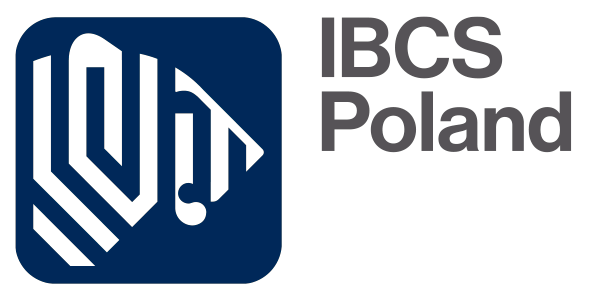Additional elements of RFID system –
Cables and cable connectors
Elements of the RFID system include: coaxial cables. They provide the necessary connection between the RFID reader and the antenna. They can also be used to connect auxiliary devices such as antenna hubs and multiplexers. The energy generated by the reader is sent through the antenna connector on the reader, the connector, the coaxial cable to the connector and the antenna connector in the antenna. The better the quality of the coaxial cable (quality of insulation, shielding, type of core) the lower the energy losses during the process. Energy losses occur in every system, it is important to know how they occur in order to eliminate them.
When choosing a cable, consider:
Length – The longer the cable, the farther the energy has to travel. No antenna cable is perfectly insulated, so the farther the energy travels, the more energy is lost. If it is necessary to use a long cable, it is important to use the appropriate level of insulation required to minimize losses.
Insulation Rating – The higher the insulation rating, the thicker and more protected the cable. The most commonly used UHF coaxial cables are the 195, 240 and 400 series. The downside of thicker, more insulated cable is that it is less flexible and can be difficult to install in tight spaces that require bending.
Connectors – are located at both ends of the cable, and their type is determined by the connectors in the reader and the antenna. The most popular types of connectors are: TNC, RP-TNC, SMA, RP-SMA, N-type, BNC. The connection may be in female or male version.
Antenna cable types
When choosing the type of cable, we must take into account the distance from the reader to the antenna. Coaxial cables are characterized by attenuation, i.e. the longer the cable, the greater the losses, the losses are also greater the thinner the RF cable. In RFID, we deal with cables of the LMR195, LMR240 and LMR400 series. The cables differ primarily in thickness, for example, a typical 6m long LMR 240 cable has 3db attenuation and the same length of a thick LMR400 cable has 1.5db attenuation.
Connectors – are located at both ends of the cable, and their type is determined by the connectors in the reader and the antenna. The most popular types of connectors are: TNC, RP-TNC, SMA, RP-SMA, N-type, BNC. The connection may be in female or male version.
GPIO connectors
Quite often, the RFID reader is integrated with industrial automation that controls the operation of other devices, such as light columns or activates other devices. Most RFID readers have a built-in GPIO port, it is a port with inputs and outputs, usually these are two-state connectors at the ends of which there is a low 0V and high 24V state. A motion sensor can be connected to the GPIO input, which activates the RFID reader. A light column can be connected to the GPIO output, which visualizes the operating status of the reader in industrial conditions.
